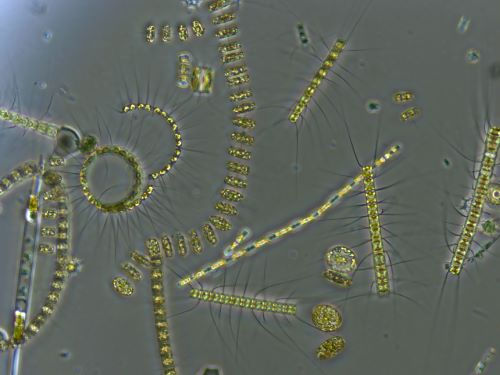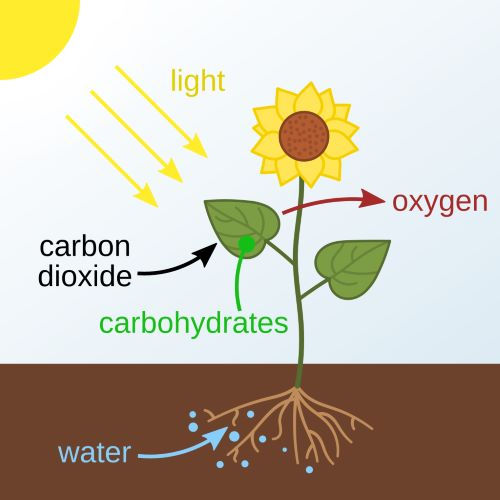Phytoplankton: Environment & Human Health
- Sylvia Rose

- Feb 14
- 3 min read
Phytoplankton are microscopic plants of the waters. Phytoplankton support marine life, influence climate and health. A diverse group of single-celled algae and bacteria, they live in sunlit surface of water bodies.

About Phytoplankton
Use sunlight to photosynthesize, they convert carbon dioxide and water into energy. They release oxygen as a byproduct.
Phytoplankton produce over 50% of the world’s oxygen. Changes in phytoplankton communities can mean a shift in water quality or climate conditions.

Common types include:
Diatoms: These single-celled algae are encased in intricate, glass-like shells made of silica. They're abundant and beautiful under a microscope.
Dinoflagellates: These organisms use two flagella or whip-like tails for movement. Some are bioluminescent to form displays of glowing water at night.
Cyanobacteria: Also known as blue-green algae, these are among the oldest forms of photosynthetic life on Earth.
Many other types of phytoplankton exist, each with adaptations in the ecosystem. Their internal composition varies, but they all require nutrients like nitrogen, phosphorus and iron.
The composition of phytoplankton is diverse. They're rich in chlorophyll, the green pigment needed for photosynthesis, as well as other pigments that help them efficiently capture light.

Evolution
Cyanobacteria may be the oldest of the phytoplankton, appearing around 3.5 billion years ago. They branch off from anaerobic bacteria. Their evolution is a pivotal moment in the history of life.
They're the first organisms with the ability for oxygenic photosynthesis. This devastates the anaerobic populations and makes the planet's atmosphere abundant in oxygen.

The evolution of eukaryotic algae like diatoms and dinoflagellates occurs later. They further contribute to the oxygenation of our planet and incite the evolution of complex aquatic life.
Phytoplankton exist in both marine and freshwater ecosystems. They form the foundation of the food web, feeding aquatic animals like zooplankton, small fish, and (through krill) whales.
In the carbon cycle, during photosynthesis phytoplankton absorb up to 30% of the carbon dioxide emitted by human activities. When they die, their remains sink to the ocean floor, trapping carbon for a while.

Habitat and Ecosystem Support
Certain types of phytoplankton, like coccolithophores, form vast blooms. These reflect sunlight back into space, potentially cooling local climate.
They also influence water clarity and nutrient availability, shaping aquatic ecosystems. Coral reefs, for example, rely on specific types of phytoplankton for food and nutrient cycling.

Harmful Algal Blooms (HABs)
Certain types of phytoplankton can form harmful algal blooms (HABs). Their toxins contaminate seafood, harm marine life and human health through contaminated water or air.
"Red tides," caused by dinoflagellates like Karenia brevis, are a well-known example. K. brevis produces brevetoxins. These can cause neurotoxic shellfish poisoning in humans who eat contaminated shellfish.
Brevetoxin poisoning often happens due to recreational shellfish harvesting during or after blooms. It can be fatal and often involves an emergency hospital trip.

Satellite imagery is used to monitor phytoplankton blooms in the oceans. Scientists can track distribution and abundance of phytoplankton by the changes in ocean color.
Coastal Dead Zones: Excessive nutrient runoff from agricultural and urban areas can deplete aquatic oxygen due to decomposing phytoplankton blooms. It creates "dead zones" where aquatic life can't survive.




